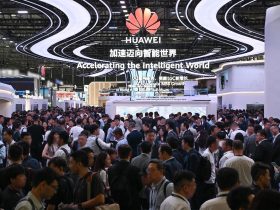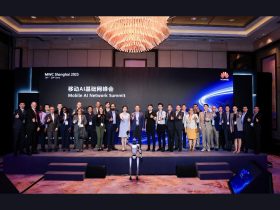In Zach Kennelly’s Advanced Placement Psychology class at DSST College View in southwest Denver, excerpts from “A Beautiful Mind” illuminate the screen. As the main character, economist and mathematician John Nash, navigates his paranoid delusions, Kennelly prompts students to identify symptoms of schizophrenia, fostering an engaging analysis of mental health within a conventional classroom setting.
However, Kennelly is pioneering a new approach by integrating artificial intelligence (AI) into his lessons. While AI often conjures images of robotics and coding, Kennelly’s pilot program introduces students to AI’s broader potential within typical classrooms.
Kennelly’s enthusiasm for this innovative approach is evident. With only 18 percent of educators reported to use AI for teaching, according to a recent RAND study, Kennelly’s initiative stands on the cutting edge. Beyond simply adapting content, he aims to educate students about the profound implications of AI, both positive and negative, while empowering them to utilize it in their academic pursuits.
In Kennelly’s AP Psychology class, students explore schizophrenia through a multifaceted lens. Preceding the film analysis, Kennelly administers an AI-generated quiz, streamlining his workload while enhancing student engagement. Subsequently, students construct propositions about schizophrenia symptoms, leveraging AI-driven chatbots to refine their analyses collaboratively.
Magic Student, a Colorado-based AI platform, offers a plethora of tools, from chatbot creation to writing feedback, enriching students’ learning experiences. Kennelly monitors students’ interactions with AI, providing guidance to optimize their utilization of this technology.
Two weeks into the AI pilot, students express enthusiasm for AI’s contributions to their learning journey. Swift feedback and enhanced writing skills are among the benefits cited, although students recognize the importance of maintaining their creative autonomy.
Kennelly acknowledges the potential and challenges of integrating AI into classrooms. While AI accelerates feedback and idea generation, educators must ensure students retain their authentic voice and critical thinking skills. Privacy concerns and responsible AI usage also warrant attention.
Transitioning to his civics class, Kennelly explores AI’s influence on power dynamics and societal regulation. Students grapple with deep fakes and AI-generated images, gaining insights into the nuances of AI’s impact on media integrity and political discourse.
Empowering students to leverage AI in civic engagement, Kennelly guides them in composing letters to elected representatives, addressing pertinent societal challenges. Through this immersive experience, students recognize AI’s potential as a catalyst for positive change while navigating its ethical complexities.
As Kennelly continues to refine his AI-integrated curriculum, he underscores the importance of educators’ experimental freedom in harnessing AI’s transformative power responsibly. By fostering collaboration between students, educators, and AI, he envisions a future where AI enriches education while preserving the essence of human creativity and critical inquiry.
Source: cpr.org















Got a Questions?
Find us on Socials or Contact us and we’ll get back to you as soon as possible.